After a bumper crop, with rice and paddy filling the house, when the bright yellow wild sunflowers bloom throughout the highland villages, it is also the time when the Ha Nhi people in Muong Te district are bustling to celebrate the traditional New Year, welcoming the New Year. This is an occasion for family members to gather, reunite and visit friends, wishing good luck to everyone, every home.
Ha Nhi people (Ka Lang commune) happily play chicken badminton.
The Ha Nhi people in Muong Te live in highland and border communes including Thu Lum, Ka Lang, Mu Ca, and Ta Ba. This is one of the ethnic groups that still preserves many unique traditional cultural features, including the traditional Tet holiday (with tea). To celebrate the holiday fully, warmly and happily, families in the village clean and tidy their houses and gardens many days in advance; buy new clothes, traditional costumes, and prepare food and provisions of all kinds. In particular, traditional cakes (banh giay, chung, troi) are made by families to worship their ancestors, to share with their children and grandchildren during the holiday, and as gifts for guests.
Traditionally, the Ha Nhi people celebrate Tet on Thin day, the day of the dragon - a day symbolizing peace and prosperity, which usually falls in November every year. This is the time when the Ha Nhi people have finished all their farming work, the harvest is bountiful, livestock is developed, and they have enough conditions to celebrate Tet happily and warmly. This year, the traditional Tet of the Ha Nhi people is celebrated from November 18 to 22, lasting for 5 days.
Pa Thang villagers (Thu Lum commune) exchange cultural performances on Tet holiday.
Early in the morning of the first day of Tet, when the night dew still covered the villages, the Ha Nhi people were awake, and everyone, every household was busy preparing for Tet. The blazing fires were lit to cook sticky rice and make rice cakes, boil water to slaughter pigs, and make offerings to ancestors to inform and invite them to celebrate Tet with their descendants. At the same time, they prayed for a new year with good health, good business, a prosperous economy , peaceful families, solidarity, favorable weather, and thriving crops and livestock.
Ms. Chu Phi Nu, a Ha Nhi ethnic in Thu Lum village (Thu Lum commune) shared: “Banh giay and pork are indispensable dishes and offerings to offer to ancestors in the early morning of the first day of Tet of the Ha Nhi ethnic group. To make delicious banh giay with a unique flavor, we have to prepare pure white sticky rice, full grains from the harvest; to have sticky rice, fragrant rice must be soaked from the night before, wake up early in the morning to steam the sticky rice and pound it into cakes to offer to our ancestors”.
After enjoying the New Year's Banh Giay, everyone gathers to slaughter pigs, which is usually done by the men in the family. According to the Ha Nhi people, the family that slaughters a big pig during Tet shows that the family had a good harvest and good livestock last year. Therefore, the pigs that families slaughter for Tet are usually the biggest pigs, which are carefully cared for by the family.
Ha Nhi women instruct their children how to wrap Chung cakes for Tet.
When slaughtering a pig, the pig will be brought into the house to have its throat cut to report to the ancestors the results of the family's production and husbandry in the past year. After cleaning the pig, the first and most important thing is to take out the pig's liver for the homeowner to see. For the Ha Nhi people, the liver symbolizes the house, the lines on the liver symbolize the way of doing business and living. Therefore, looking at the pig's liver is to predict the family's fate and business path in the new year. The Ha Nhi people's custom of looking at the pig's liver on Tet holiday has been passed down, expressing the simple wish to pray for good things to come in the new year.
After examining the pig liver, everyone in the family prepares the New Year offering tray. The offering tray includes sticky rice cakes, rice and wine. After the homeowner finishes praying to the ancestors, he will call the whole family to kneel before the altar and bow their heads in gratitude. When bowing, they must wear hats. This is an important ritual, showing the gratitude of descendants to their ancestors and grandparents.
The ancestral worshiping part ends when the children and grandchildren bring offerings to the houses of their grandparents, parents in the village with the wish that all family members will always be healthy, brothers and sisters will be in harmony, and business will be prosperous. After the ceremony, everyone gathers together to eat the first meal of the new year and give each other good wishes. The Ha Nhi people's Tet feast has its own unique characteristics, with the flavor of the mountains and forests. Most of the dishes are made from pork (boiled meat, grilled meat, offal) and various vegetables.
The custom of viewing pig liver during the traditional New Year of the Ha Nhi ethnic group.
During the 5 days of Tet, Ha Nhi men and women, from the elderly to the young, wear new, colorful clothes to go out and participate in traditional folk games such as: throwing con, playing badminton, tug of war, pushing sticks, throwing cu... The elderly enthusiastically sing antithetical songs about experiences of living with the son-in-law, being a daughter-in-law, knowledge of raising animals, farming, and gardening, and how to keep the family peaceful and happy.
At night, the Ha Nhi people gathered in the yard of the village cultural house to exchange cultural performances with traditional songs and dances performed by Ha Nhi boys and girls, with the cheers and applause of many people. Late at night, everyone said goodbye to each other after finishing the Xoe dance in solidarity under the flickering firelight, illuminating the entire border area.
Visiting the villages of the Ha Nhi people at the end of the year, attending Tet with light tea, visitors can enjoy traditional dishes, feel the culture of love, hospitality, and openness of the Ha Nhi people in the highland border area. This is also an opportunity for everyone to learn about the unique, rich-in-identity rituals and traditional activities that the people have preserved and passed down through generations.
People participate in folk games on Tet holiday.
Source


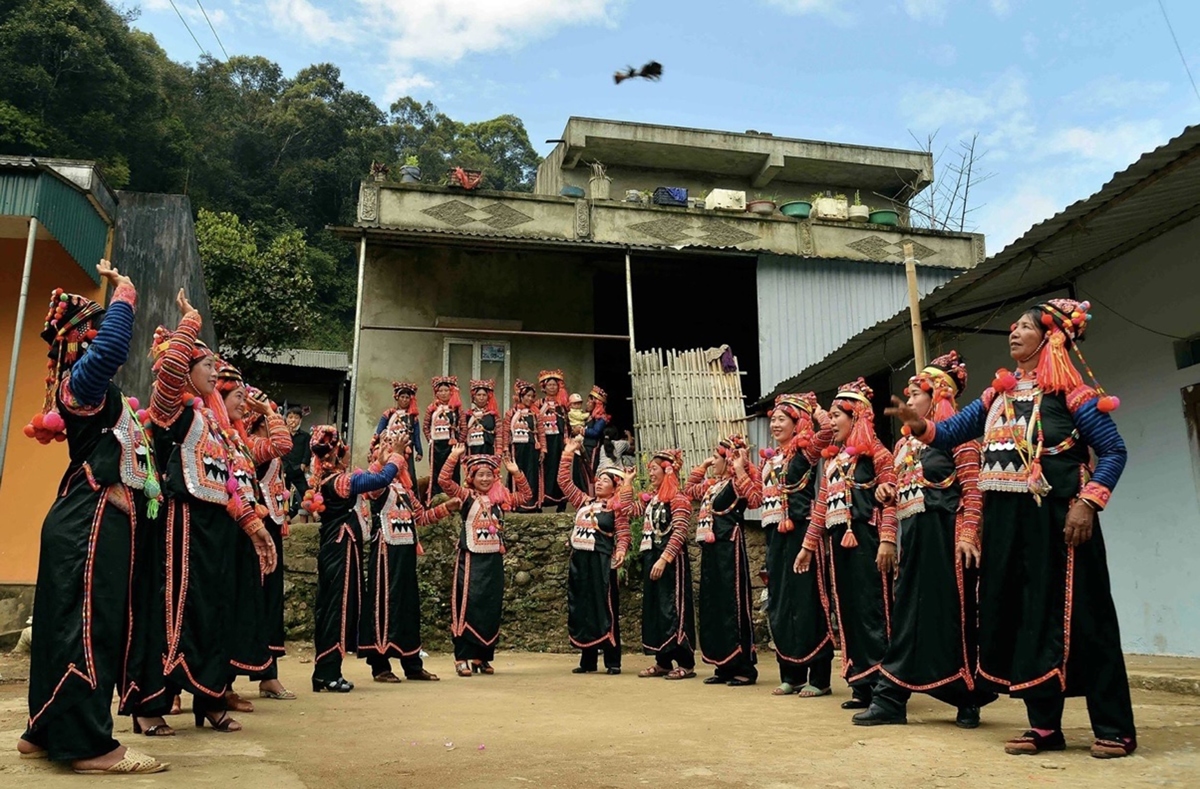
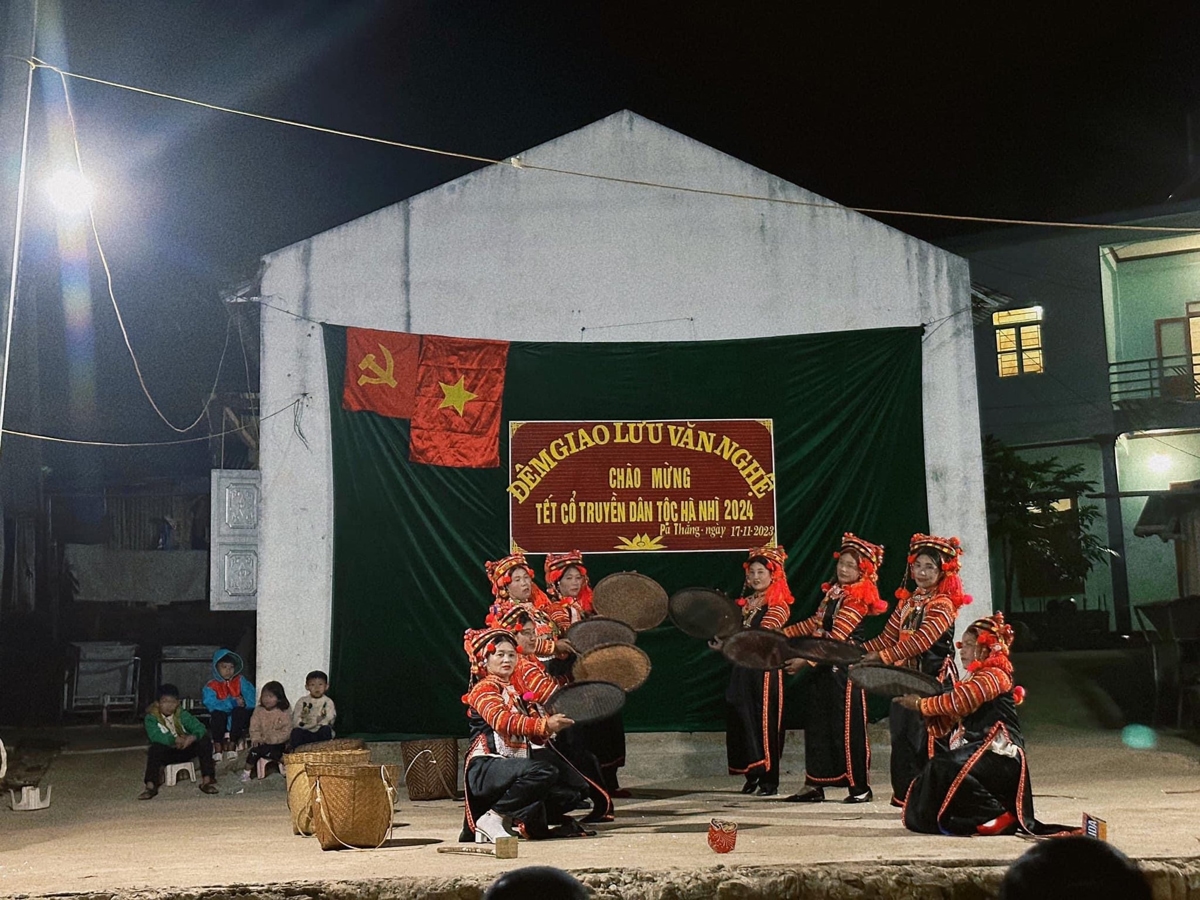
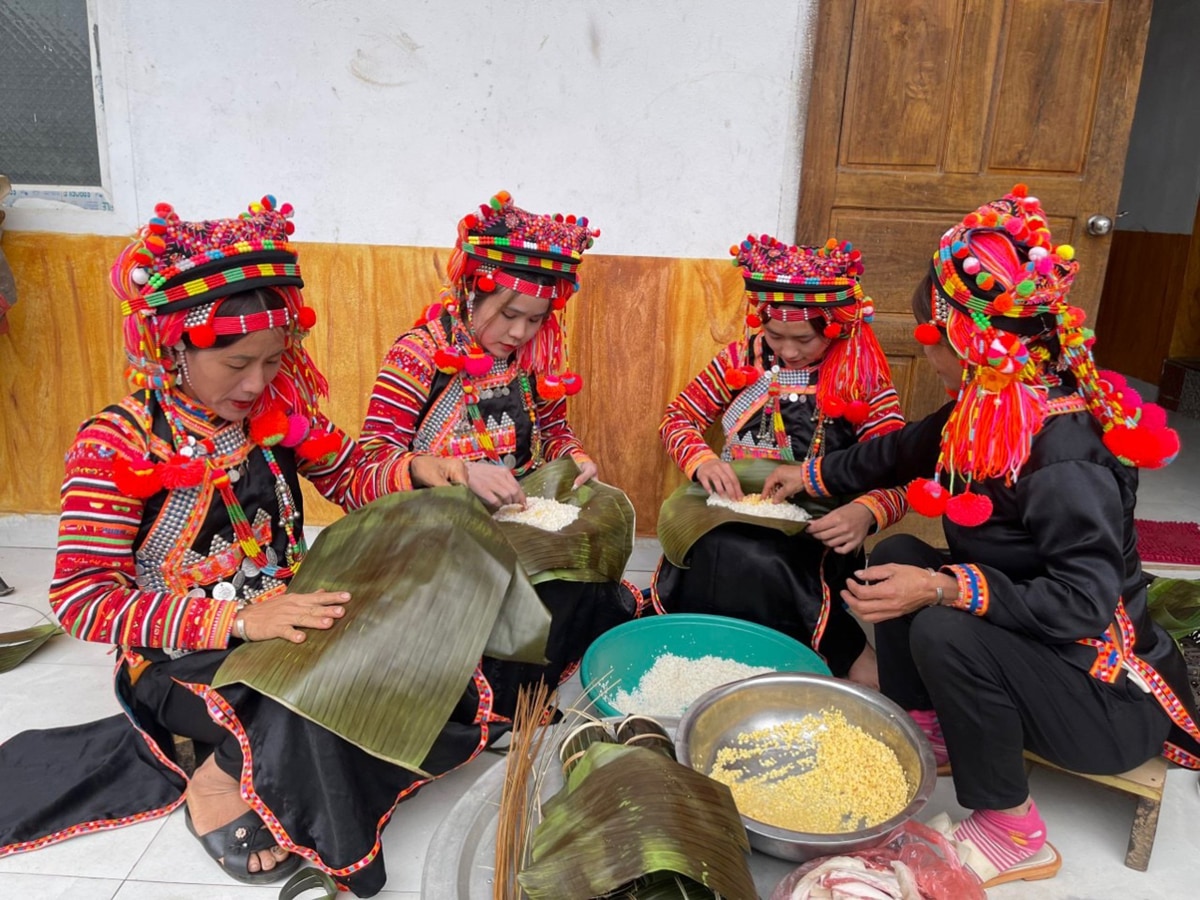
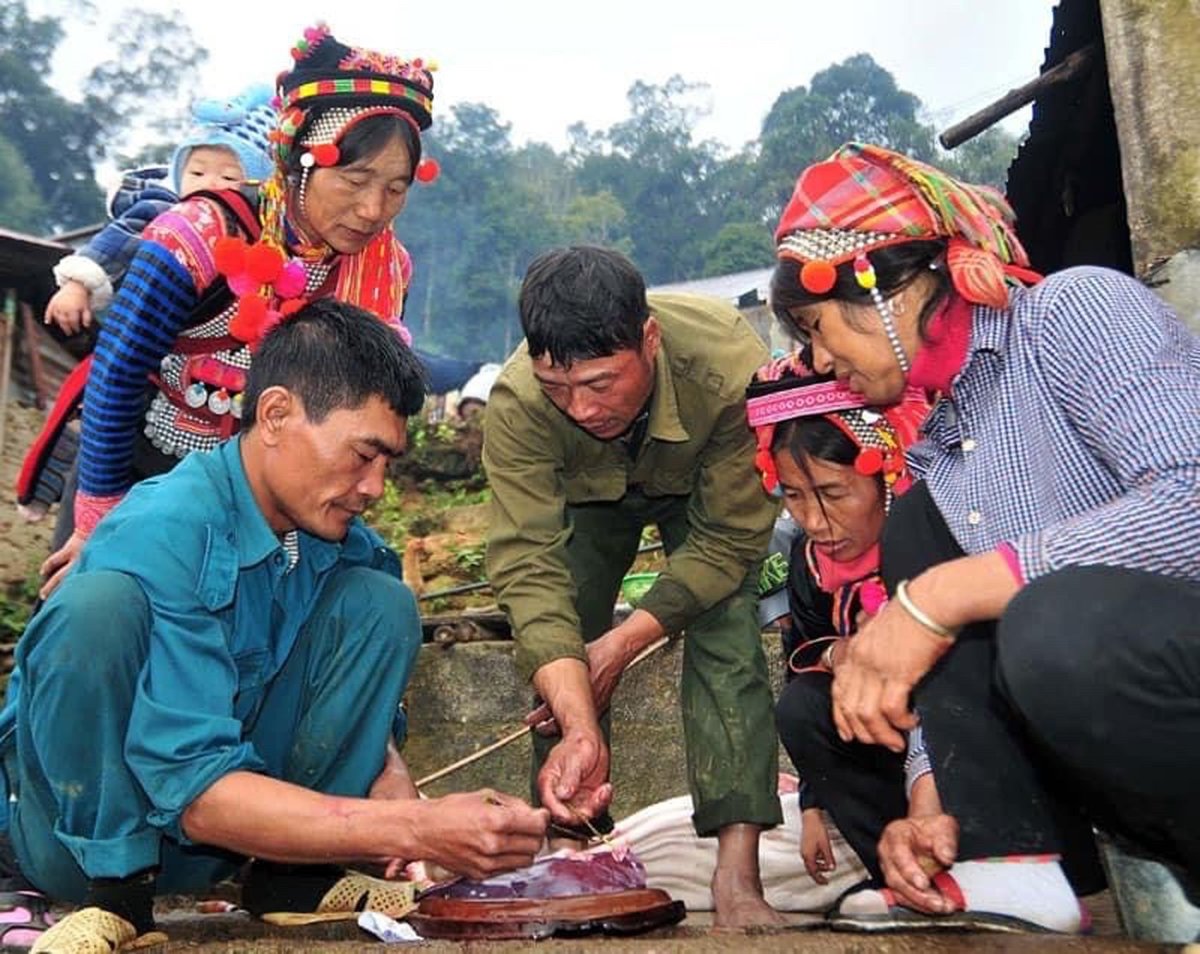
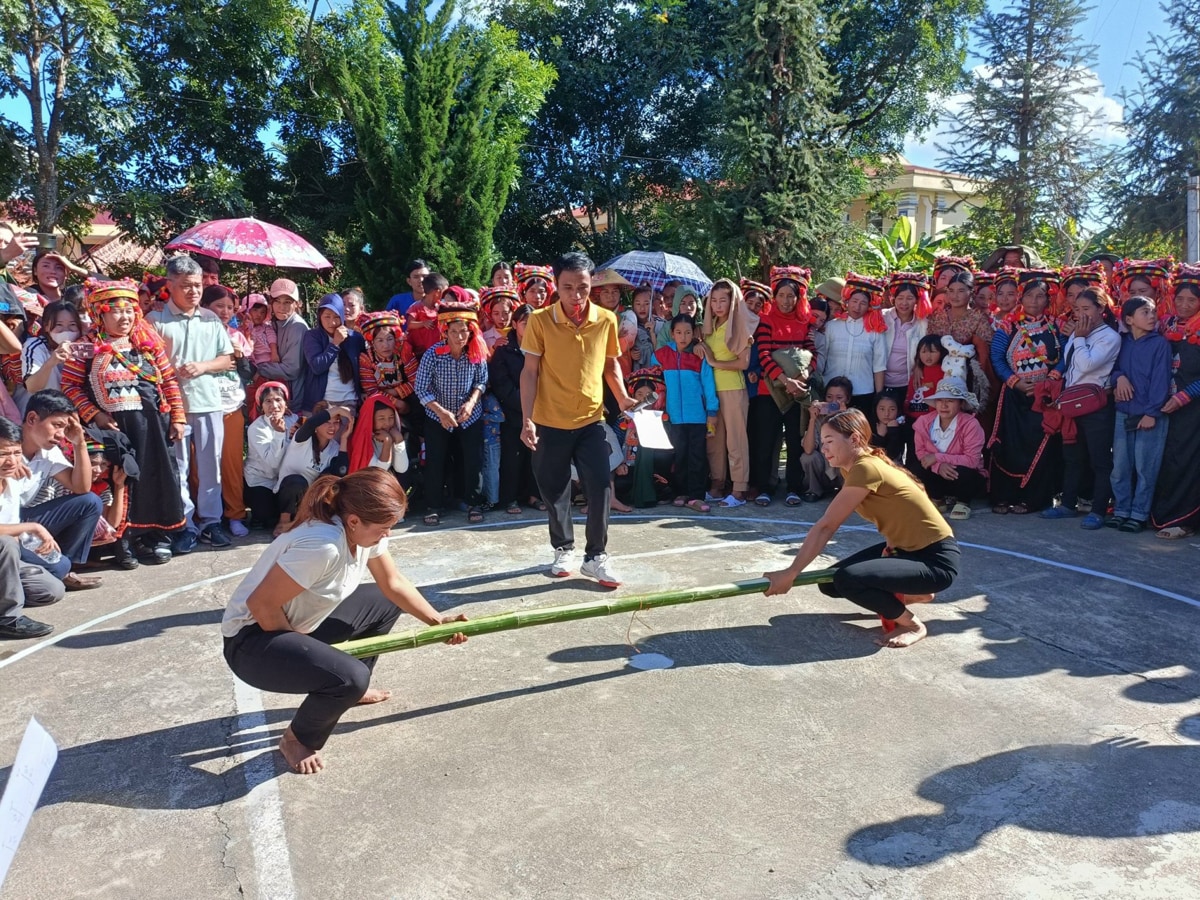


![[Photo] General Secretary To Lam chairs a working session with the Central Internal Affairs Commission](https://vphoto.vietnam.vn/thumb/1200x675/vietnam/resource/IMAGE/2025/5/22/3b7790f499da45b2803d8ae253207ef1)

![[Photo] Prime Minister Pham Minh Chinh chairs the Government's special meeting on law-making in May](https://vphoto.vietnam.vn/thumb/1200x675/vietnam/resource/IMAGE/2025/5/22/1c880aae96fd4e0894abc47a46fe19ba)



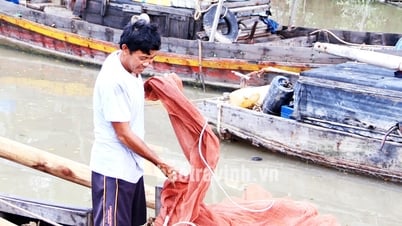
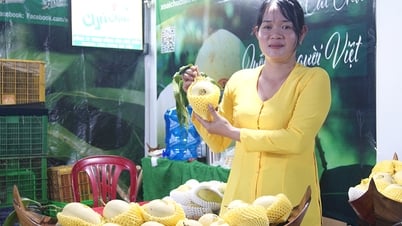
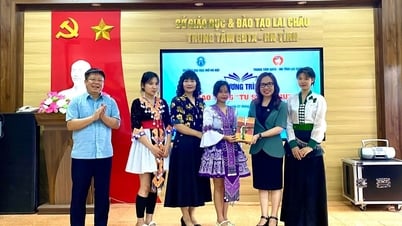

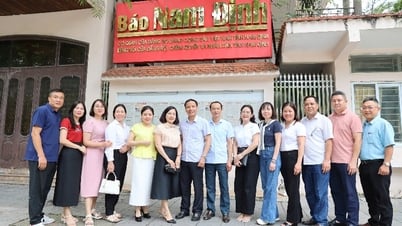






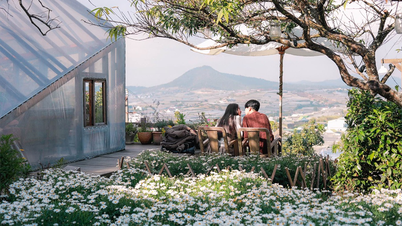

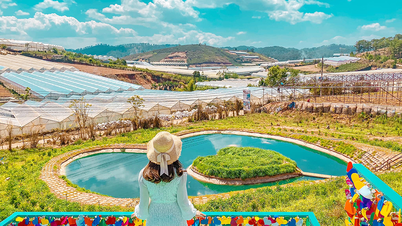
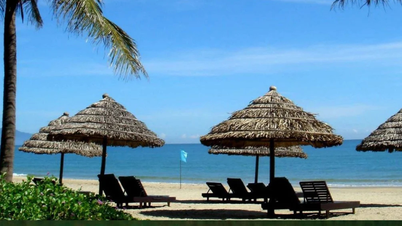




































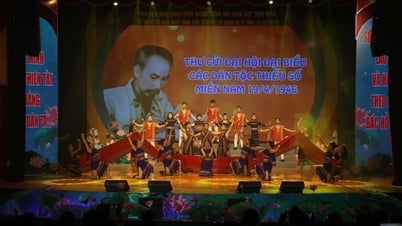





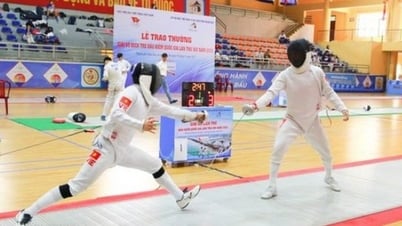

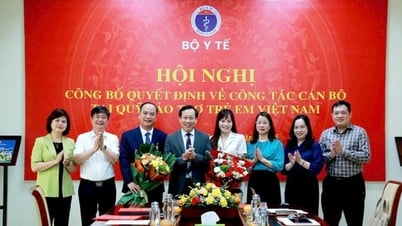




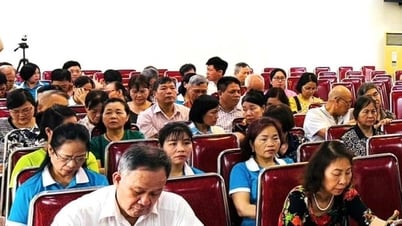

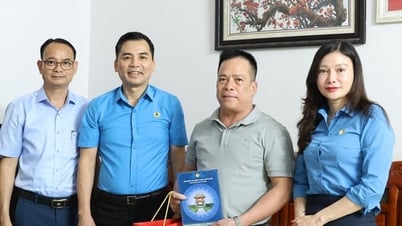
![[Podcast] Week introducing more than 500 OCOP products in Hanoi](https://vphoto.vietnam.vn/thumb/402x226/vietnam/resource/IMAGE/2025/5/22/d144aac2416744718388dbae3260e7fd)







Comment (0)